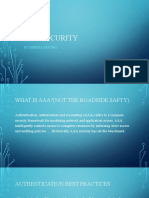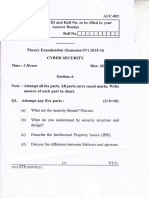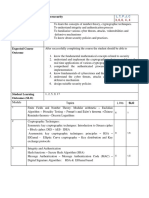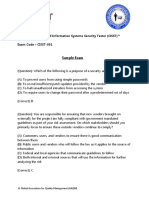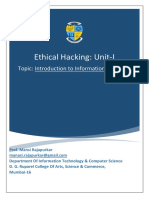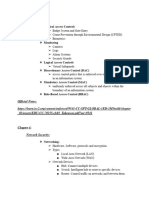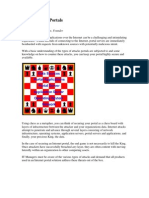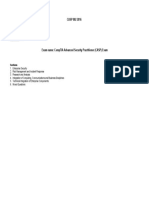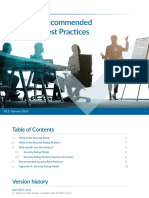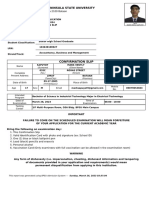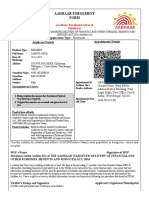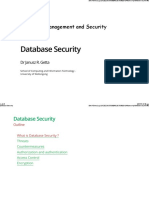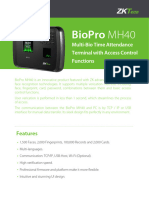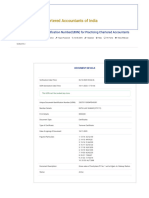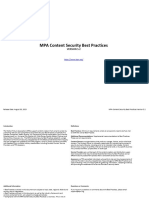0% found this document useful (0 votes)
199 views20 pagesAuthentication & Access Control Basics
Authentication and access control are fundamental security concepts. Authentication verifies a user's identity through identifiers and authenticators, such as usernames and passwords. Access control determines what resources a user can access through access rights assigned based on roles or permissions. Common methods include discretionary access control where owners control access, and role-based access control where rights are assigned based on a user's role like doctor or nurse. Together authentication and access control establish accountability and enforce security policies.
Uploaded by
Getnet BelewCopyright
© © All Rights Reserved
We take content rights seriously. If you suspect this is your content, claim it here.
Available Formats
Download as PDF, TXT or read online on Scribd
0% found this document useful (0 votes)
199 views20 pagesAuthentication & Access Control Basics
Authentication and access control are fundamental security concepts. Authentication verifies a user's identity through identifiers and authenticators, such as usernames and passwords. Access control determines what resources a user can access through access rights assigned based on roles or permissions. Common methods include discretionary access control where owners control access, and role-based access control where rights are assigned based on a user's role like doctor or nurse. Together authentication and access control establish accountability and enforce security policies.
Uploaded by
Getnet BelewCopyright
© © All Rights Reserved
We take content rights seriously. If you suspect this is your content, claim it here.
Available Formats
Download as PDF, TXT or read online on Scribd
/ 20





